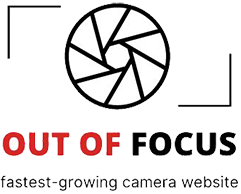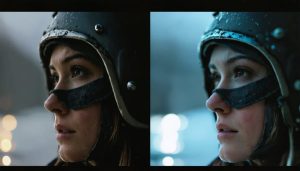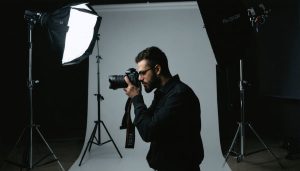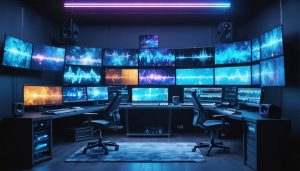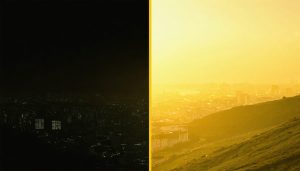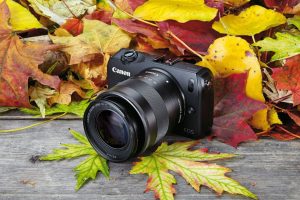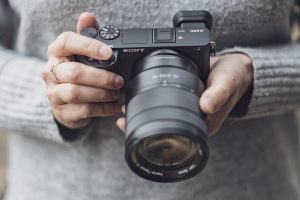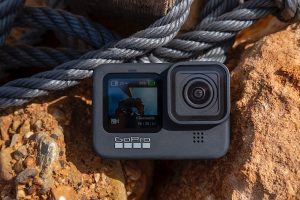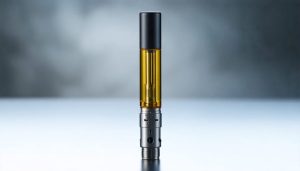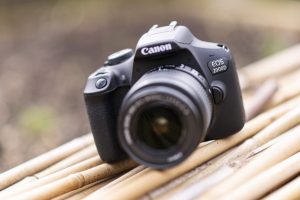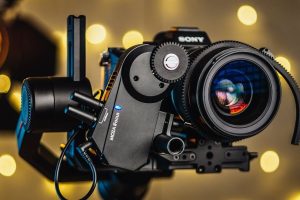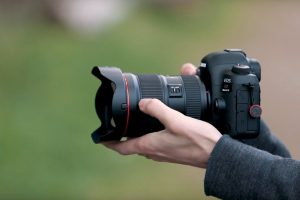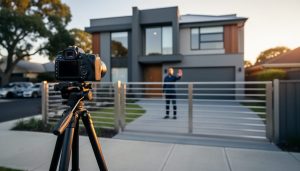
Transform your Sony A7III into a cinematic powerhouse with the right lens choice – a decision that impacts everything from focal length and aperture to the distinctive character of your footage. While the A7III excels in both photography and video, achieving that coveted film-like aesthetic requires specific lens characteristics that go beyond basic specifications.
Professional cinematographers consistently rely on three key lens qualities: manual focus control for precise rack focusing, declicked aperture rings for smooth exposure transitions, and specific optical formulas that deliver gorgeous bokeh and natural lens flare. Whether you’re shooting music videos, documentaries, or narrative films, these elements combine to create that unmistakable cinematic look that sets professional work apart.
The good news? The Sony A7III’s versatile E-mount system opens up a world of cinematic lens options across every budget range. From affordable vintage glass that delivers organic character to premium cine lenses engineered specifically for motion work, you’ll find options that match both your creative vision and financial constraints. This guide will help you navigate the essential characteristics of cinematic lenses and identify the perfect glass for your specific filming needs.
Let’s explore how different lens choices can elevate your A7III’s video capabilities while maintaining the camera’s exceptional low-light performance and autofocus advantages – qualities that make it a favorite among indie filmmakers and content creators alike.
What Makes a Lens ‘Cinematic’?
The Science Behind the Cinema Look
The magic of cinematic imagery lies in the delicate interplay of several key optical characteristics. At the heart of this cinematic look is the focal length, typically ranging from 35mm to 85mm, which creates that pleasing compression and perspective that we associate with Hollywood productions. These focal lengths, combined with wide apertures (typically f/1.4 to f/2.8), produce the shallow depth of field that gives footage that dreamy, three-dimensional quality.
The optical design of cinematic lenses often incorporates specialized elements like aspherical and low-dispersion glass, which work together to minimize chromatic aberration while maintaining a gentle, organic rendering of out-of-focus areas (bokeh). This characteristic, along with the use of cinematic lens filters, helps create that distinctive film-like aesthetic.
What sets truly cinematic lenses apart is their focus on smooth transitions between in-focus and out-of-focus areas. This is achieved through careful lens element positioning and coating technologies that control how light travels through the glass. The result is a more natural, organic look that mimics how our eyes perceive depth and dimension, rather than the clinical sharpness often associated with modern digital photography.
Additionally, these lenses often feature de-clicked aperture rings and longer focus throw, allowing for precise control during video shooting, which is essential for achieving those signature cinematic transitions and focus pulls.
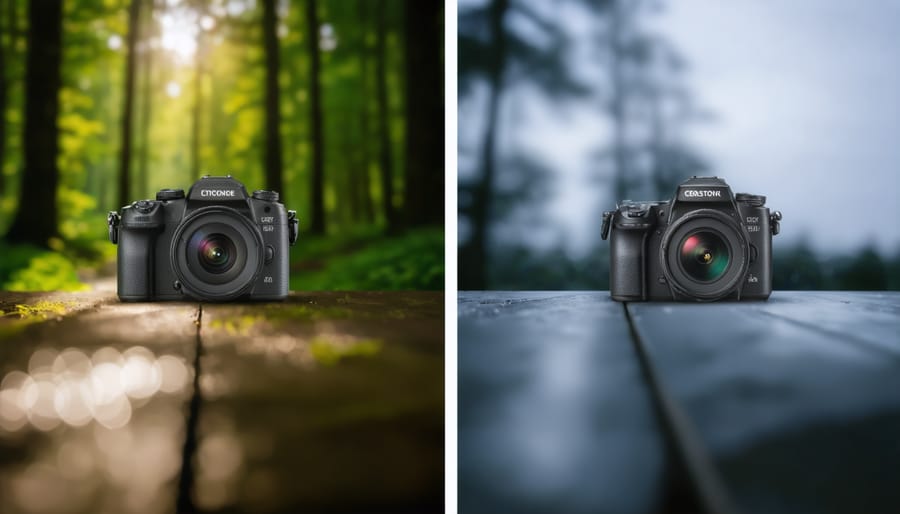
Native Sony Lenses for Cinematic Video
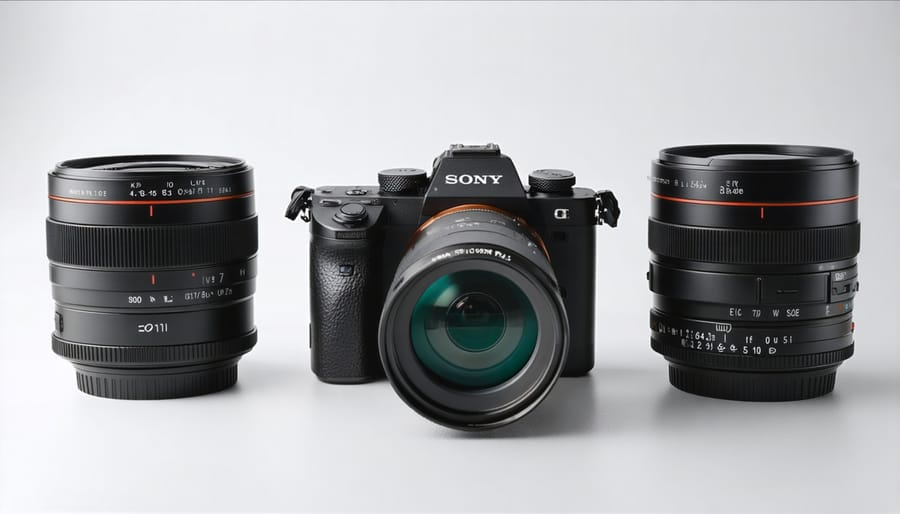
Sony G Master Prime Lenses
Sony’s G Master prime lenses represent the pinnacle of the company’s optical engineering, delivering exceptional image quality that’s particularly suited for cinematic videography. These premium offerings combine exceptional sharpness, beautiful bokeh, and Hollywood-style image rendering that many filmmakers crave.
The 24mm F1.4 GM stands out as a storytelling powerhouse, offering a wide perspective that’s perfect for establishing shots and environmental narratives. Its ultra-fast aperture creates gorgeous depth of field while maintaining excellent edge-to-edge sharpness, even when shooting wide open.
For character-driven scenes, the 50mm F1.2 GM is arguably the crown jewel of the lineup. This lens delivers an almost three-dimensional look to your footage, with creamy bokeh transitions and spectacular low-light performance. The manual focus ring offers precise control with just the right amount of resistance, making focus pulls smooth and professional-looking.
The 85mm F1.4 GM deserves special mention for its exceptional portrait and close-up work. Its ability to separate subjects from backgrounds while maintaining natural skin tones makes it invaluable for intimate dialogue scenes and emotional close-ups.
What sets these G Master primes apart is their consistency in color rendering and contrast across the range, making them ideal for projects requiring multiple focal lengths. The advanced XA (extreme aspherical) elements and Nano AR coating effectively minimize chromatic aberration and flaring, ensuring your footage maintains a clean, professional look even in challenging lighting conditions.
While these lenses command premium prices, their build quality, weather sealing, and optical performance make them worthy investments for serious filmmakers using the A7III.
Sony Zoom Lenses for Versatile Filming
While prime lenses often steal the spotlight in cinematic filmmaking, quality zoom lenses can be game-changers for Sony A7III users who need versatility without compromising the cinematic look. The Sony FE 24-70mm f/2.8 GM stands out as a professional workhorse, delivering exceptional sharpness and beautiful bokeh across its range. Its constant f/2.8 aperture maintains consistent exposure during zoom transitions, making it ideal for dynamic documentary-style shooting.
For filmmakers on a budget, the Tamron 28-75mm f/2.8 Di III RXD offers impressive value, producing pleasing image quality and smooth focus transitions. Its lightweight design makes it perfect for gimbal work, while the quick and quiet autofocus system suits run-and-gun situations.
The Sony FE 70-200mm f/2.8 GM deserves special mention for its cinematic compression effects and stunning background separation. This lens excels in interview setups and narrative scenes where you need that dreamy, telephoto look without changing your position.
When considering zoom lenses for cinematic work, pay attention to focus breathing (the change in field of view while focusing) and parfocal performance (maintaining focus while zooming). While few zoom lenses are truly parfocal, modern options like the Sigma 24-70mm f/2.8 DG DN Art minimize these issues while delivering excellent image quality at a competitive price point.
Third-Party Cinematic Lenses
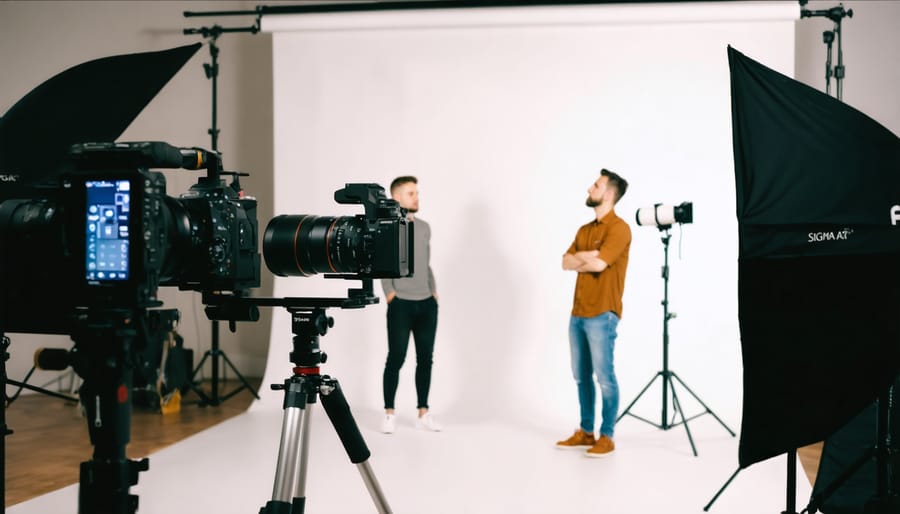
Budget-Friendly Options
Achieving a cinematic look doesn’t always require breaking the bank. Several budget-friendly lenses can deliver impressive cinematic results when paired with your Sony A7III. The Samyang/Rokinon 35mm T1.5 stands out as a fantastic entry point, offering a classic focal length and impressive low-light performance at around $500. Its manual focus design actually adds to the cinematic feel, giving you precise control over focus pulls.
Another excellent option is the Meike 50mm T2.1, which provides beautiful bokeh and smooth focus rotation at roughly $400. While it may lack weather sealing and advanced coatings of premium options, it delivers remarkably cinematic imagery when stopped down to T2.8-4.
For those willing to adapt vintage glass, consider the Helios 44-2 58mm f/2. This Soviet-era lens, available for under $100, produces distinctive swirly bokeh and dreamy flares that many cinematographers love. You’ll need an M42-to-E-mount adapter, but the unique character it brings to your footage is worth the extra effort.
The 7artisans 35mm f/1.2 is another budget gem, offering an incredibly fast aperture for around $200. While it exhibits some softness wide open, stopping down to f/2 delivers sharp results while maintaining that coveted cinematic look.
Remember that achieving a cinematic aesthetic isn’t solely about the lens—proper lighting, composition, and color grading play crucial roles too.
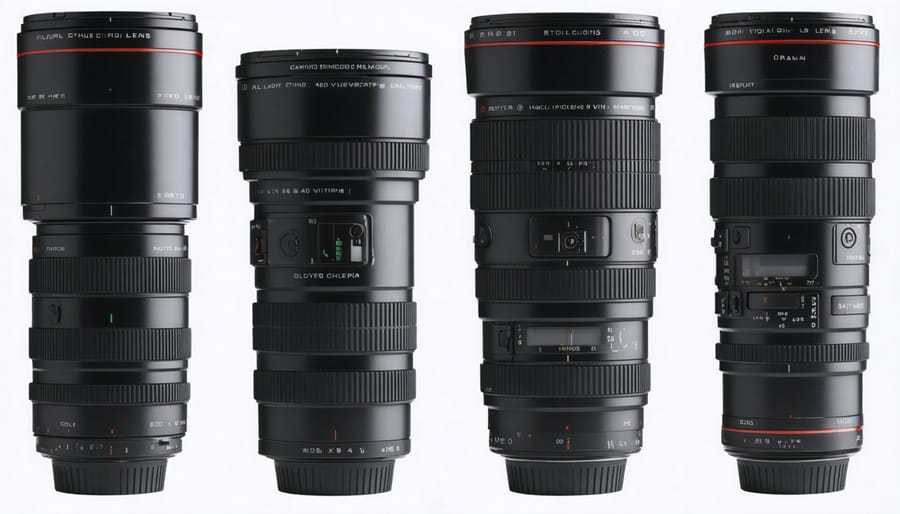
Vintage Lenses for That Classic Film Look
Vintage lenses offer a unique pathway to achieving that coveted cinematic look on your Sony A7III. These classic optics bring character and imperfections that modern lenses often try to eliminate – subtle softness, dreamy bokeh, and distinctive flare patterns that can add emotional depth to your footage.
Popular choices include the Helios 44-2 58mm f/2, famous for its swirly bokeh effect, and the Carl Zeiss Jena 50mm f/2.8, known for its warm color rendition and gentle contrast. Canon FD lenses from the 1970s and 1980s are also excellent candidates, offering sharp images with a slightly lower contrast that’s perfect for achieving that film-like aesthetic.
To adapt these lenses to your A7III, you’ll need the appropriate lens adapter. The camera’s mirrorless design makes it particularly well-suited for vintage glass, as the short flange distance allows adaptation of nearly any old lens. Focus peaking and magnification features make manual focusing a breeze, helping you nail those critical shots.
Remember that vintage lenses often lack modern coatings, which can lead to increased flaring – but many cinematographers actually seek out this characteristic for creative effect.
Real-World Applications
When shooting with cinematic lenses on the Sony A7III, selecting the right glass for specific scenarios can make all the difference. For documentary work, a versatile 24-70mm cine lens offers flexibility while maintaining that coveted film look. Wedding videographers often pair their A7III with a fast 50mm or 85mm cine lens for intimate ceremony shots and emotional close-ups.
Music video producers frequently opt for wider cine lenses (24mm or 35mm) to capture dramatic scenes while incorporating dynamic camera movement techniques. For narrative filmmaking, having a set of prime cine lenses (35mm, 50mm, and 85mm) provides the flexibility to achieve different looks while maintaining consistent characteristics across shots.
Fashion and commercial videographers often gravitate toward longer focal lengths like 85mm or 135mm cine lenses for their flattering compression and bokeh. Remember that achieving a truly cinematic look involves more than just the lens – combining proper lighting, composition, and color grading for cinematic footage will help maximize your lens’s potential.
Choosing the right cinematic lens for your Sony A7III is a journey that balances artistic vision with practical considerations. Whether you opt for vintage manual lenses that deliver unique character and flare, or modern options with superior sharpness and autofocus capabilities, each choice shapes your cinematic storytelling. Remember that while premium cine lenses offer exceptional quality and features, budget-friendly alternatives can still deliver impressive results when used skillfully. Consider starting with a versatile 50mm prime or 24-70mm zoom lens, then expand your collection based on your specific shooting needs. The key is finding lenses that not only match your creative style but also work within your budget and workflow requirements. With the right glass in your kit, your Sony A7III can truly shine as a powerful tool for cinematic creation.
